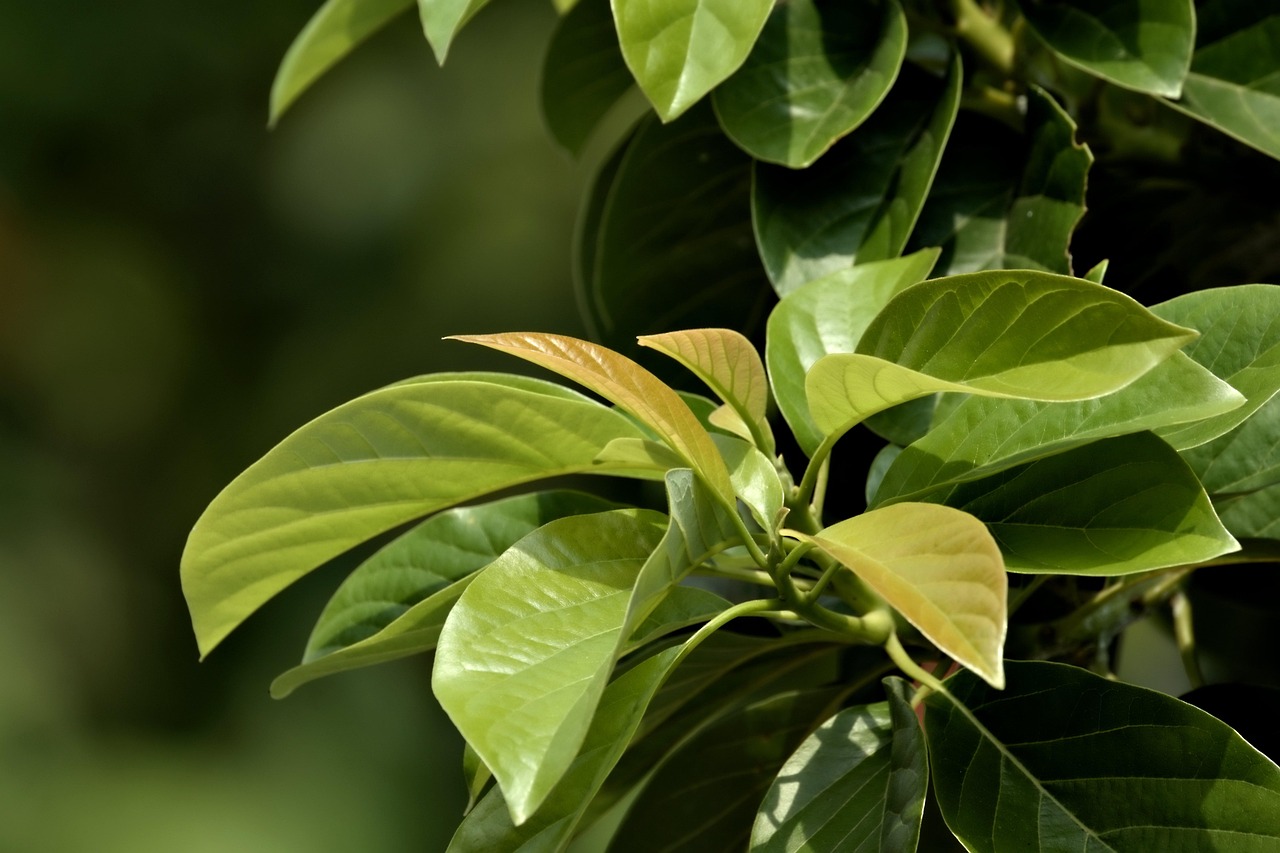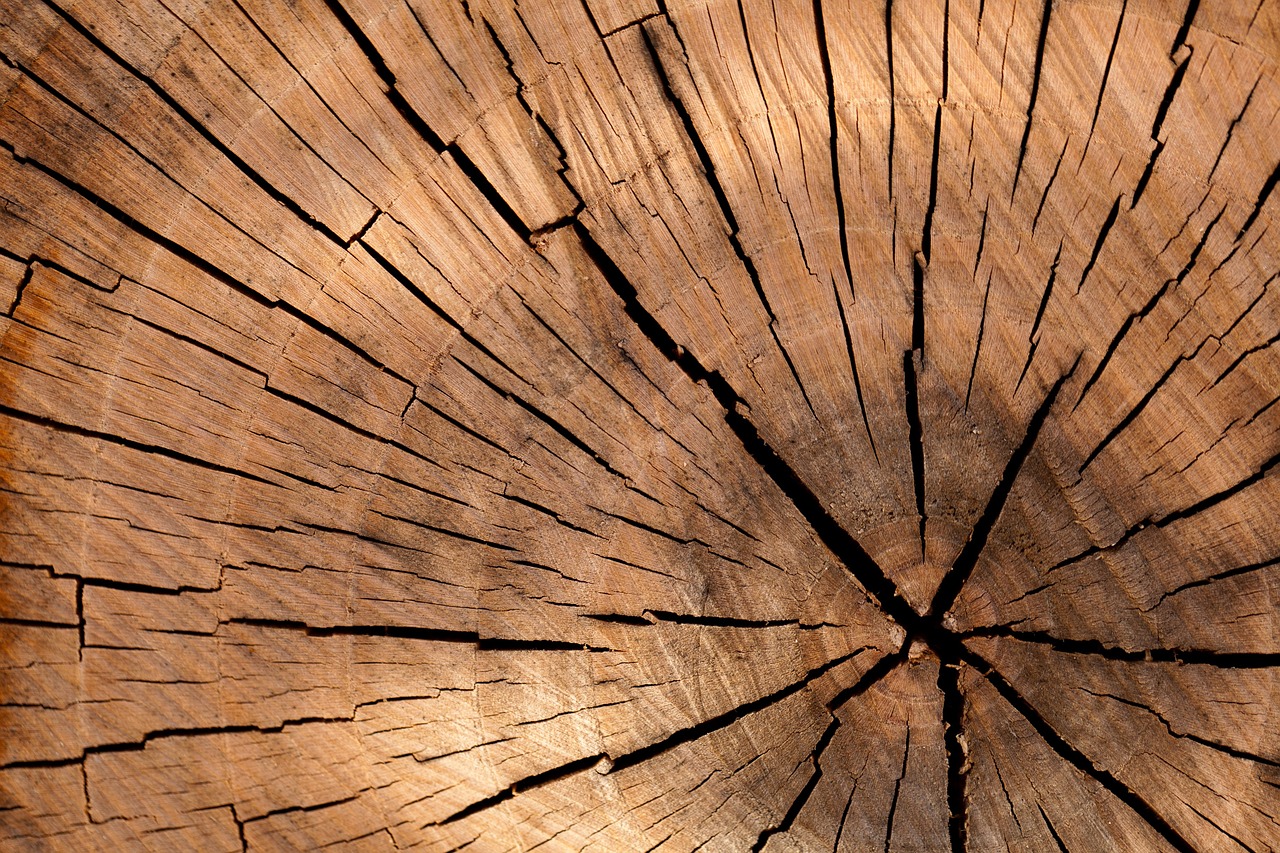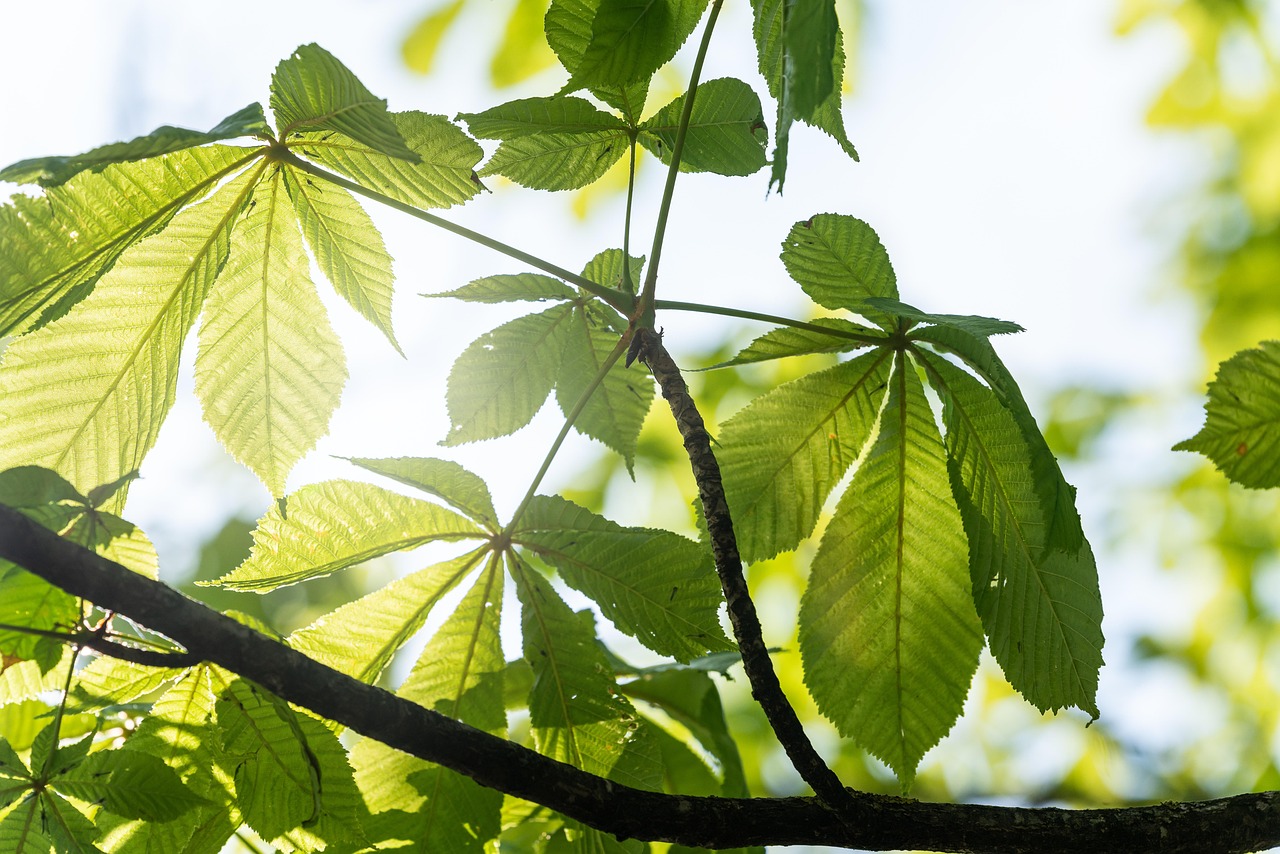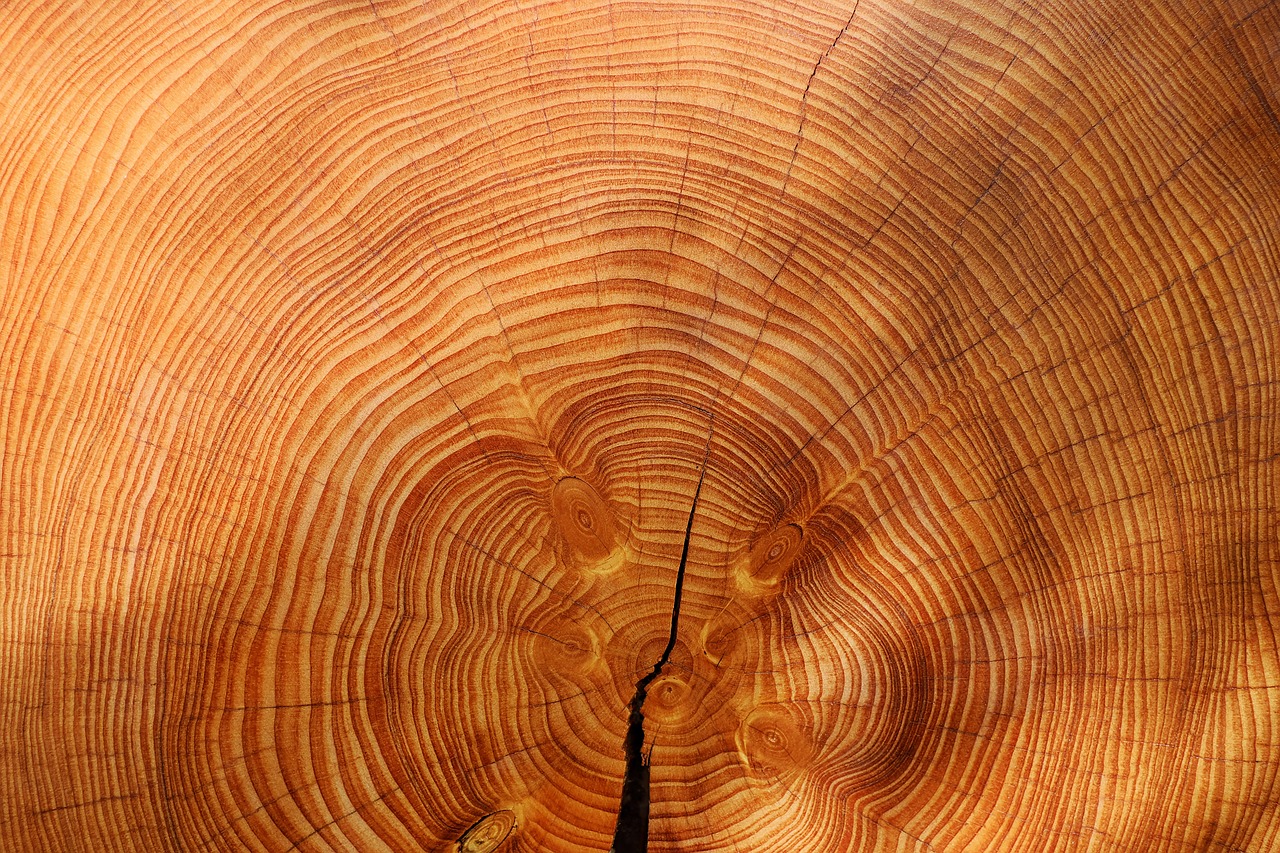Tree growth zones are geographic areas defined by climate, soil type, and other environmental factors. Understanding these zones is essential for selecting the right tree species for successful planting and growth in a specific location.
Understanding Tree Growth Zones
Tree growth zones, often referred to as hardiness zones, play a crucial role in determining which tree species will thrive in a particular area. These zones are primarily based on climatic conditions, including temperature, precipitation, and humidity. They help gardeners and landscapers make informed choices about what trees to plant, ensuring better growth and resilience.

The concept of tree growth zones is especially significant in the context of global climate variations. As climate change continues to influence weather patterns, understanding growth zones can aid in adapting planting strategies. For instance, certain regions may experience shifts in their growth zones over time, affecting which trees can thrive in those areas.
In the United States, the USDA Plant Hardiness Zone Map is one of the most commonly used references for determining tree growth zones. This map divides the country into 13 zones based on average annual minimum winter temperatures. Each zone is assigned a number, ranging from 1 (coldest) to 13 (warmest), with sub-zones indicated by letters (a and b).
| Zone | Minimum Temperature (°F) | Typical Climate |
|---|---|---|
| 1 | -60 to -50 | Extremely cold, harsh winters |
| 2 | -50 to -40 | Very cold, short growing season |
| 3 | -40 to -30 | Cold winters, moderate summers |
| 4 | -30 to -20 | Cold winters, longer growing season |
| 5 | -20 to -10 | Mild winters, warm summers |
| 6 | -10 to 0 | Mild winters, hot summers |
| 7 | 0 to 10 | Warm winters, hot summers |
| 8 | 10 to 20 | Warm winters, long growing season |
| 9 | 20 to 30 | Mild winters, very warm summers |
| 10 | 30 to 40 | Warm winters, very hot summers |
| 11 | 40 to 50 | Tropical conditions, year-round growth |
| 12 | 50 to 60 | Tropical conditions, lush vegetation |
| 13 | 60 and above | Tropical climate, exotic species thrive |
When selecting trees for planting, it is vital to consider not only the hardiness zone but also the local soil conditions and moisture levels. Different tree species have varying preferences for soil types—some thrive in sandy soils while others prefer clay or loam. Additionally, factors such as drainage and pH levels can significantly impact tree health.

Another aspect to consider when understanding tree growth zones is the concept of microclimates. A microclimate refers to a small area where the climate differs from the surrounding area. These variations can be caused by factors such as elevation, nearby water bodies, or urban structures. Recognizing these microclimates can provide valuable insights into which trees will perform best in specific locations.
As you plan your planting strategy, it is also helpful to familiarize yourself with common tree species suitable for your growth zone. Each zone supports a variety of trees that are adapted to local conditions. By choosing native or well-adapted species, you can enhance biodiversity and support local wildlife.
In summary, understanding tree growth zones is critical for gardening success. By considering hardiness zones, soil conditions, and microclimates, you can make informed decisions that promote healthy tree growth and sustainability in your landscape.

Factors Influencing Tree Growth in Different Zones
When selecting trees for planting, it is essential to understand the various factors that influence their growth in different zones. These factors not only include climate and soil conditions but also tree physiology and local environmental interactions. Recognizing these influences can help ensure successful tree establishment and longevity.
Climate and Weather Patterns
Climate is a primary factor affecting tree growth. Within each growth zone, local weather patterns can vary significantly. Understanding these patterns allows for better predictions of how trees will perform over time. Some key climatic factors to consider include:
- Temperature: Trees have specific temperature ranges that they can tolerate. Extreme heat or cold can hinder their growth.
- Precipitation: The amount and frequency of rainfall affect soil moisture levels, which are crucial for tree health.
- Humidity: High humidity can promote fungal diseases, while low humidity may stress trees.
Soil Quality and Composition
The quality of the soil plays a significant role in tree health. Not all soils are created equal, and understanding the characteristics of your soil can impact your planting choices. Important soil factors include:
- Soil Type: Different tree species prefer different soil types. For example, oaks thrive in well-drained loamy soils, while willows prefer wet, clayey soils.
- Soil pH: The acidity or alkalinity of the soil can affect nutrient availability to trees. Most trees prefer a slightly acidic to neutral pH (6.0 – 7.0).
- Nutrient Content: Ensuring that the soil has adequate nutrients like nitrogen, phosphorus, and potassium is vital for tree growth.
Tree Physiology and Adaptability
Different tree species have unique physiological traits that influence their adaptability to various environments. Some important considerations include:

- Drought Tolerance: Some trees, like the eastern red cedar, are highly drought-tolerant, while others require consistent moisture.
- Cold Hardiness: Certain species can endure colder temperatures better than others. For example, the sugar maple can withstand harsher winters than the red maple.
- Pest Resistance: Some trees are more resistant to pests and diseases, making them better suited for specific zones.
Common Trees for Various Growth Zones
Selecting the right tree species is crucial for ensuring successful growth. Below is a summary of some common trees that thrive in various hardiness zones.
| Zone | Common Tree Species | Notable Features |
|---|---|---|
| 1 | Tamarack, Black Spruce | Cold-hardy; suitable for wet areas |
| 2 | Balsam Fir, White Birch | Resilient to cold; attractive bark |
| 3 | Sugar Maple, Red Oak | Beautiful fall color; strong wood |
| 4 | Pine Trees, Eastern Red Cedar | Drought-resistant; evergreen foliage |
| 5 | Linden, Flowering Cherry | Aesthetic blossoms; fragrant leaves |
| 6 | Crape Myrtle, Southern Magnolia | Tropical appearance; vibrant flowers |
| 7 | Palm Trees, Live Oak | Tropical flair; provides shade |
| 8 | Citrus Trees, Olive Trees | Fruiting; Mediterranean climate suitability |
| 9 | Jacaranda, Royal Palms | Exotic appearance; vibrant blooms |
| 10+ | Coconut Palm, Mango Trees | Tropical fruits; lush foliage |
Choosing the right species based on hardiness zones not only enhances the aesthetic value of your landscape but also contributes to ecological balance. Native species often provide better support for local wildlife and require less maintenance than non-native varieties.
As you prepare for planting, keep in mind that proper care during the establishment phase is vital. This includes watering, mulching, and monitoring for pests. Taking these steps can significantly increase the chances of your trees thriving in their designated growth zones.
Tree Planting Techniques for Success
Choosing the right tree species is only the first step in achieving successful planting in your designated growth zone. The techniques used during planting can significantly impact the establishment and long-term health of the trees. Implementing proper planting methods ensures that trees can adapt to their new environment and thrive.
Preparing the Planting Site
Before planting, it is essential to prepare the site adequately. This preparation includes assessing soil quality, ensuring proper drainage, and clearing the area of any debris or competing vegetation. Here are some key steps to follow:
- Soil Testing: Conduct a soil test to determine pH levels and nutrient availability. This will help you decide if any amendments are needed.
- Clearing the Area: Remove any weeds, grass, or debris from the planting site to reduce competition for nutrients and water.
- Improving Drainage: If the soil retains too much water, consider creating drainage channels or raised beds to help prevent root rot.
Digging the Planting Hole
The planting hole is critical for tree establishment. It should be dug properly to accommodate the tree’s root system without causing damage. Follow these guidelines:
- Size Matters: The hole should be two to three times wider than the root ball but no deeper than the root ball itself.
- Loosen the Soil: Loosen the sides of the hole to allow roots to penetrate easily into the surrounding soil.
- Check for Compaction: Ensure that the soil at the bottom of the hole is not compacted, which can hinder root growth.
Planting Techniques
Once the planting hole is prepared, it’s time to plant the tree. Proper techniques during this phase are crucial. Consider these steps:
- Positioning the Tree: Place the tree in the center of the hole with the top of the root ball level with or slightly above ground level.
- Backfilling: Gently backfill the hole with native soil, avoiding excessive soil compaction around the roots. Water thoroughly as you fill to remove air pockets.
- Watering: After planting, give the tree a deep watering to help settle the soil and ensure good contact between roots and soil.
Caring for Newly Planted Trees
After planting, young trees require special care to ensure successful establishment. The initial months after planting are critical for their survival and growth. Here are some important care tips:
Watering Schedule
A consistent watering schedule is vital for newly planted trees. They generally need more water than established trees. Follow these guidelines:
- Frequency: Water deeply once a week during dry spells or hot weather, adjusting based on rainfall.
- Soil Moisture: Check soil moisture levels before watering. The top few inches should be dry but not completely parched.
- Avoid Overwatering: Too much water can lead to root rot; ensure proper drainage at all times.
Mulching Benefits
Applying mulch around newly planted trees provides several benefits, including moisture retention and weed suppression. Here’s how to do it effectively:
- Type of Mulch: Use organic mulch such as wood chips, bark, or straw.
- Depth: Apply a layer of mulch about 2-4 inches deep, keeping it away from the trunk to prevent decay.
- Renew Mulch: Replenish mulch as needed to maintain depth and effectiveness throughout the growing season.
Pest and Disease Monitoring
Newly planted trees are vulnerable to pests and diseases. Regular monitoring can prevent serious issues. Keep an eye out for signs of distress such as:
- Discoloration of Leaves: Yellowing or browning leaves can indicate nutrient deficiencies or disease.
- Pest Activity: Look for insects like aphids or scale on leaves and branches.
- Wilting or Dropping Leaves: This can signal drought stress or root problems.
If you notice any issues, consult a local arborist or extension service for advice on appropriate treatments.
Caring for trees during their establishment phase is crucial for their long-term success. By following proper planting techniques and maintenance practices, you can help ensure that your trees grow strong and healthy in their designated growth zones.
Long-Term Tree Care and Maintenance
Once your trees are established, ongoing care and maintenance are crucial for their continued health and growth. Proper long-term care not only enhances the appearance of your landscape but also contributes to environmental benefits such as improved air quality and wildlife habitat.
Pruning Techniques
Pruning is an essential aspect of tree care that promotes healthy growth and prevents disease. Regular pruning helps shape the tree, remove dead or unhealthy branches, and improve air circulation. Here are some guidelines for effective pruning:
- Timing: The best time to prune most trees is during the late winter or early spring before new growth begins.
- Tools: Use clean, sharp tools to make clean cuts, reducing the risk of injury to the tree.
- Pruning Method: Remove dead or damaged branches first, followed by any crossing branches that may rub against each other.
Fertilization Needs
Fertilization can support tree health, particularly if soil tests indicate nutrient deficiencies. However, over-fertilizing can lead to excessive growth and susceptibility to disease. Consider these fertilization tips:
- Type of Fertilizer: Choose a balanced fertilizer that provides essential nutrients like nitrogen, phosphorus, and potassium.
- Application Timing: Fertilize in early spring when trees are beginning to grow.
- Follow Recommendations: Adhere to the recommended application rates based on the specific needs of your tree species and soil conditions.
Watering Strategies for Established Trees
While established trees require less frequent watering than newly planted ones, maintaining adequate moisture is still vital. During prolonged dry spells, consider these strategies:
- Deep Watering: Water deeply and infrequently rather than shallowly. This encourages deep root growth.
- Soil Moisture Checks: Regularly check soil moisture levels around the tree’s root zone to determine when watering is necessary.
- Use of Rain Barrels: Consider using rain barrels to collect rainwater, providing an eco-friendly watering solution.
Environmental Benefits of Trees
Trees play a vital role in maintaining ecological balance. Understanding their benefits can further motivate proper care and preservation efforts. Some of the key environmental benefits include:
- Air Quality Improvement: Trees absorb carbon dioxide and release oxygen, improving air quality.
- Habitat for Wildlife: Trees provide shelter and food for various species, promoting biodiversity.
- Soil Erosion Prevention: Tree roots help anchor soil, reducing erosion and runoff during heavy rains.
- Climate Regulation: Trees can moderate temperatures in urban areas by providing shade and reducing heat absorption.
Final Thoughts
Understanding tree growth zones is essential for successful planting and long-term care. By selecting appropriate tree species according to hardiness zones and following proper planting techniques, gardeners can ensure healthy growth and resilience. Ongoing maintenance practices such as pruning, fertilization, and proper watering contribute significantly to trees’ longevity and ecological contributions.
The choice of trees should also reflect ecological needs and local conditions. By prioritizing native species, you can enhance local biodiversity and create a landscape that thrives. Whether you are planting a single tree or a whole orchard, the knowledge of tree growth zones equips you to make informed decisions that support both your landscape goals and environmental health.
In conclusion, embracing best practices in tree planting and care leads to a thriving landscape that offers aesthetic beauty, environmental benefits, and a lasting legacy for future generations. Your commitment to understanding tree growth zones will play a vital role in fostering healthy ecosystems in your community.
